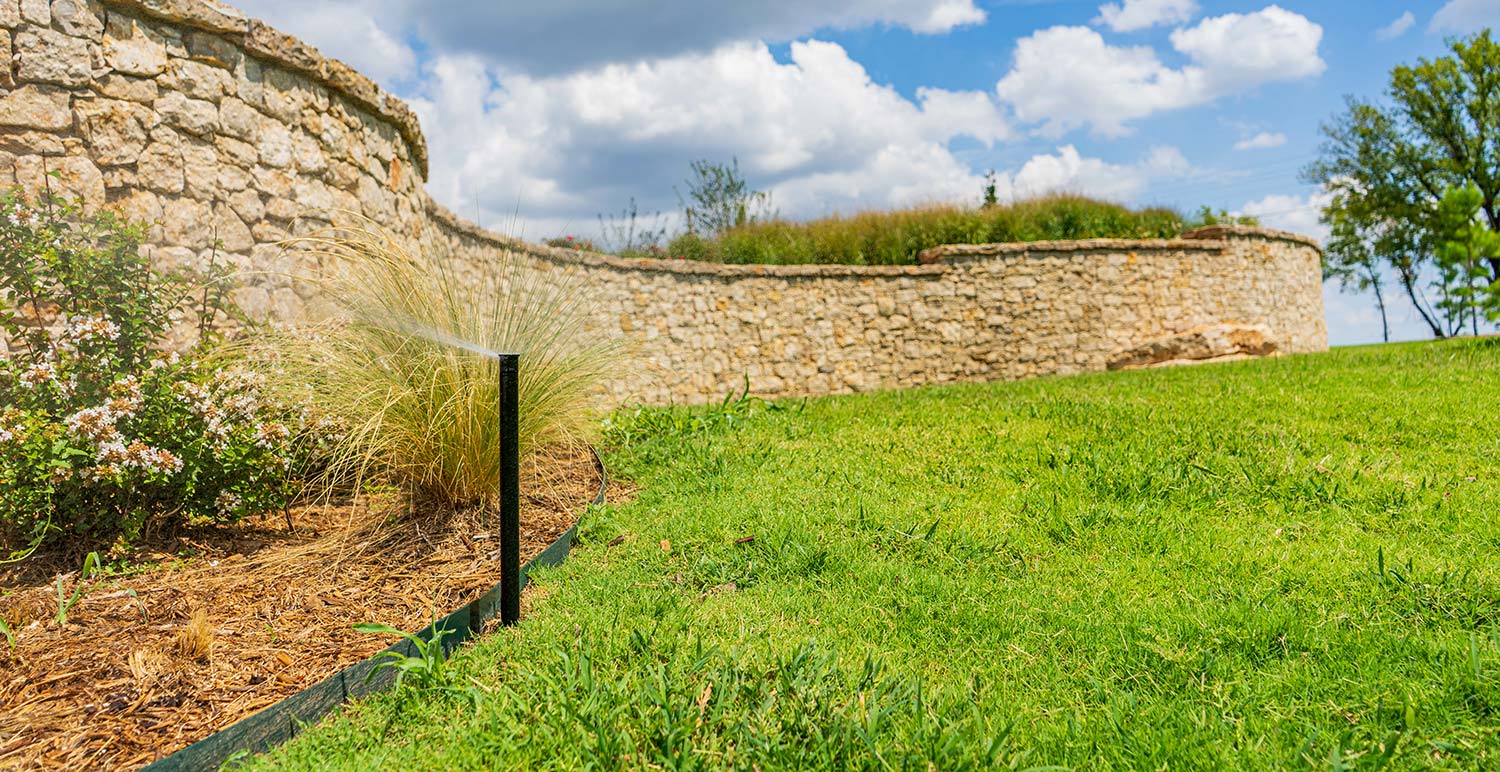To make your lawn look visually appealing and lush, you need a modern and automated irrigation system with sprinklers. A well-maintained irrigation system will supply an adequate amount of water to the lawn at the right time. The sprinkler valve will last for a long time if you look after it. When your irrigation system develops a snag, you have to find out the root cause. It could be the sprinkler valve or something else. To troubleshoot sprinkler valve issues or problems with the setup, you should hire veteran lawn care entities.
What Are The Top Signs Of A Malfunctioning Sprinkler Valve?
These are the prominent signs of a worn-out or bad sprinkler valve:
- Water not turning off– When the sprinkler valve does not close, water flow will continue.
- Water leakage– A damaged pipe connection or malfunctioning valve seal causes water leakage.
- Wiring and electrical issues– These stop the valve solenoid from receiving signals, rendering it unresponsive to system controls.
- Broken sprinkler head– A broken sprinkler head usually caused by excess pressure, leads to flooding in the lawn or erratic spraying.
- A stuck valve– The internal structure of the valve may be either closed or open, making it stuck- a mechanical failure.
- Irregular watering– This happens when electrical faults hamper the preset irrigation cycles.
- Absurd water bill – An unusually high water bill points to hidden leaks or faulty valves, wasting water throughout the day.
Listed Below Is A Detailed Analysis Of Sprinkler Valve Malfunctioning Symptoms:
Water not turning off
When the sprinkler valve remains open continuously, water does not turn off. This will flood your lawns, leading to fungal growth. In places where water supply is scarce, uninterrupted flow from a faulty valve is both environmentally and financially unviable. This is often caused by internal debris or a damaged diaphragm. To resolve it, you should shut off the water supply first. Then, you have to check and clean the valve, while replacing any worn-out internal components.
Water leakage
Water leakage happens when the sprinkler valve does not seal properly, allowing continuous water flow. Such persistent leakage leads to overwatering and soil erosion. Along with water wastage, it also drives up your utility bills. Common causes include debris obstructing the valve, damaged diaphragms, or valve cracks. Check the valve for any visible damage, and if there’s any debris, clean it up. You have to replace any faulty components.
Broken sprinkler head
When the sprinkler head is broken, the water flow is disrupted visibly. This will lead to a few dry patches in the lawn or overwatering in other zones. The grass and plants will not grow properly as a result. A broken head will hamper your landscaping efforts. These damages are caused by foot traffic, freezing temperatures, or lawn mowers. You have to replace the broken sprinkler head with a new and compatible unit.
A stuck valve
A stuck valve is a sprinkler valve closed or staying open due to debris obstruction or mechanical failure. This malfunction leads to continuous water flow or a pause in irrigation, causing dry spots and water wastage. This stresses your lawn while adding to water consumption. The main reasons are a damaged valve seat, dirt in the diaphragm, or a malfunctioning solenoid. You have to turn off the water supply first and then disassemble the valve. After cleaning the internal components, replace any faulty parts.
Wiring and electrical issues
The electrical components in the sprinkler system may develop a snag. This can affect the valve opening or closing process and disrupt the irrigation schedule. In places where seasonal changes require precise watering, such electrical malfunctions can affect lawn health. The common causes include blown fuses, corroded connections, and cut wires. You have to check the wiring for visible damage and replace faulty parts.
Irregular watering
If you spot inconsistent or uneven watering across the lawn, the reason could be a clogged sprinkler head and a malfunctioning valve. This inconsistency in watering leads to dry patches and overwatered areas. Irregular watering is often the result of debris in the valve, improperly aligned sprinkler heads, or a controller programming error. You will need to clean and adjust sprinkler heads first, followed by a valve function check. Also, check the controller functionality.
Absurd water bill
Are you getting an unusually high-water bill? Look for any stuck sprinkler valve or any hidden leakage. This leads to continuous water flow, water waste, and higher utility bills. There can be broken pipes and a malfunctioning timer behind this. You must check the irrigation system for leaks as well as the valve and timer mechanisms.
How To Check If Your Sprinkler Valves Are Okay?
To test the efficacy of your sprinkler valves, go through a systematic process. Check the mechanical operation, water flow, and electrical function carefully.
- Turn off the water supply for the sake of safety.
- Open the valve box for sprinkler valve access.
- Check for any water pooling and visible leaks around the valve body.
- Turn the solenoid manually and see if the water flows.
- Now, switch on power and run a simulation from the sprinkler controller to check electrical response.
- Look for 24-volt current using a multimeter at the valve wires.
- If the valve is fine, you will hear clicks or water sounds.
- If you find any closed or damaged valves during testing, replace those.
Summing it up
Valves are a major part of any sprinkler irrigation setup. Periodic checkups and proper maintenance keep them in shape. These enable your irrigation system to run properly. To maintain or repair your lawn sprinkler system, you should hire capable and certified lawn care service providers.

